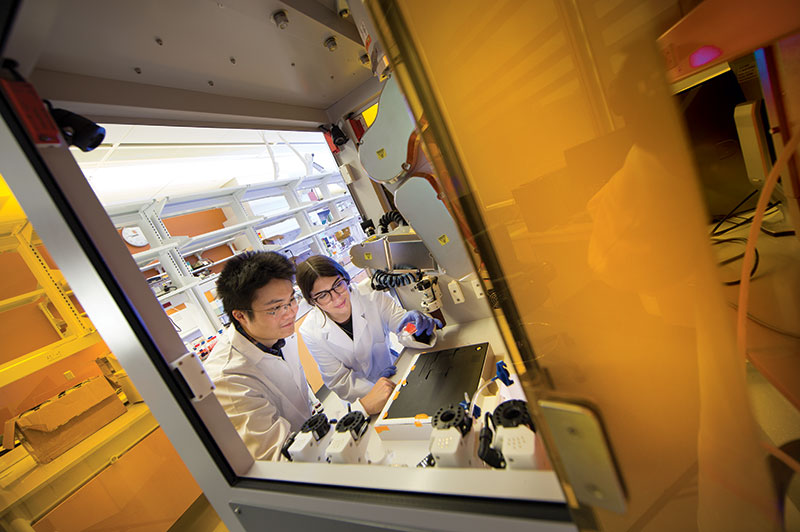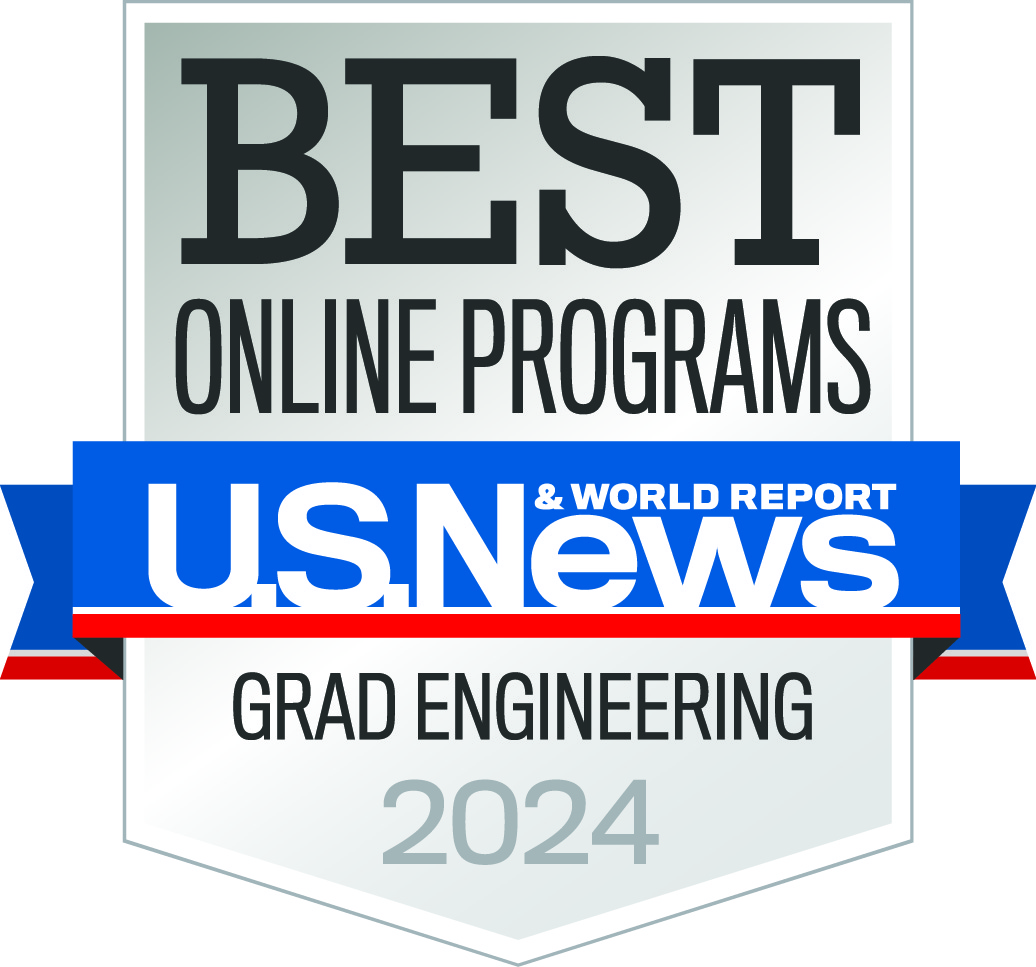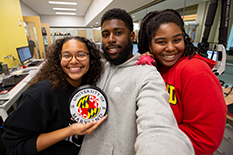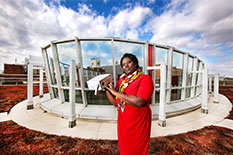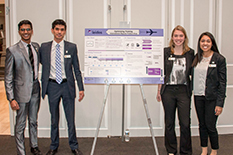News Story
UMD’s Civil and Environmental Engineering Department in Top 25
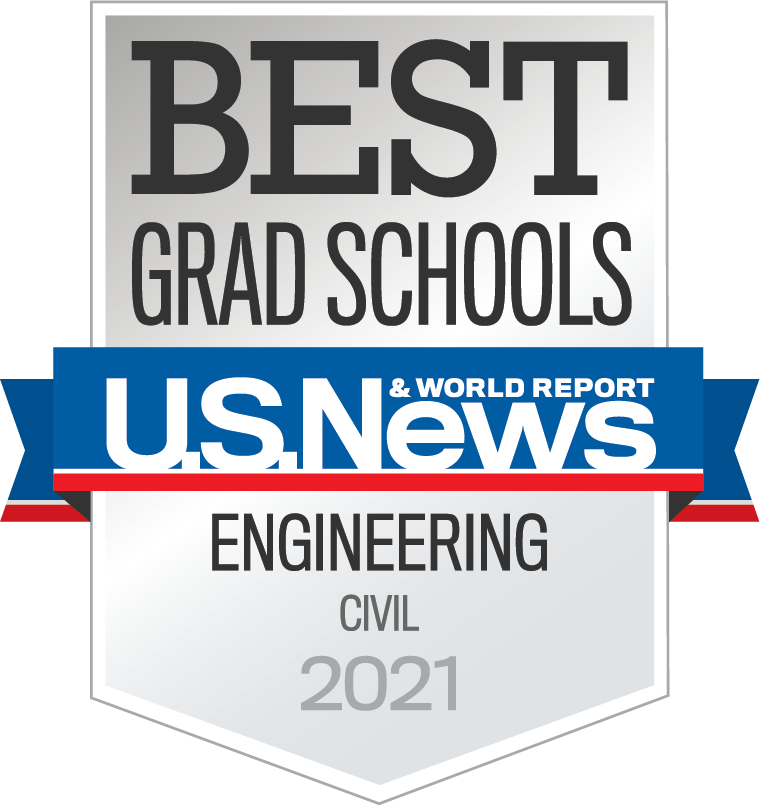 The University of Maryland’s civil and environmental engineering department ranks sixteenth among graduate programs at public universities, analysis of the latest U.S. News & World Report rankings shows.
The University of Maryland’s civil and environmental engineering department ranks sixteenth among graduate programs at public universities, analysis of the latest U.S. News & World Report rankings shows.
The publication, considered a global authority in education rankings, released its newest set of graduate rankings in March. The CEE program now ranks #23, moving up three notches from last year, while the A. James Clark School of Engineering, of which the CEE department is a part, ranks #20. Among public universities in the rankings, the UMD CEE department is #16.
“This is great news,” said Charles W. Schwartz, CEE department chair. “Our department is a leader in the civil and environmental engineering field, and we believe the rankings reflect that.”
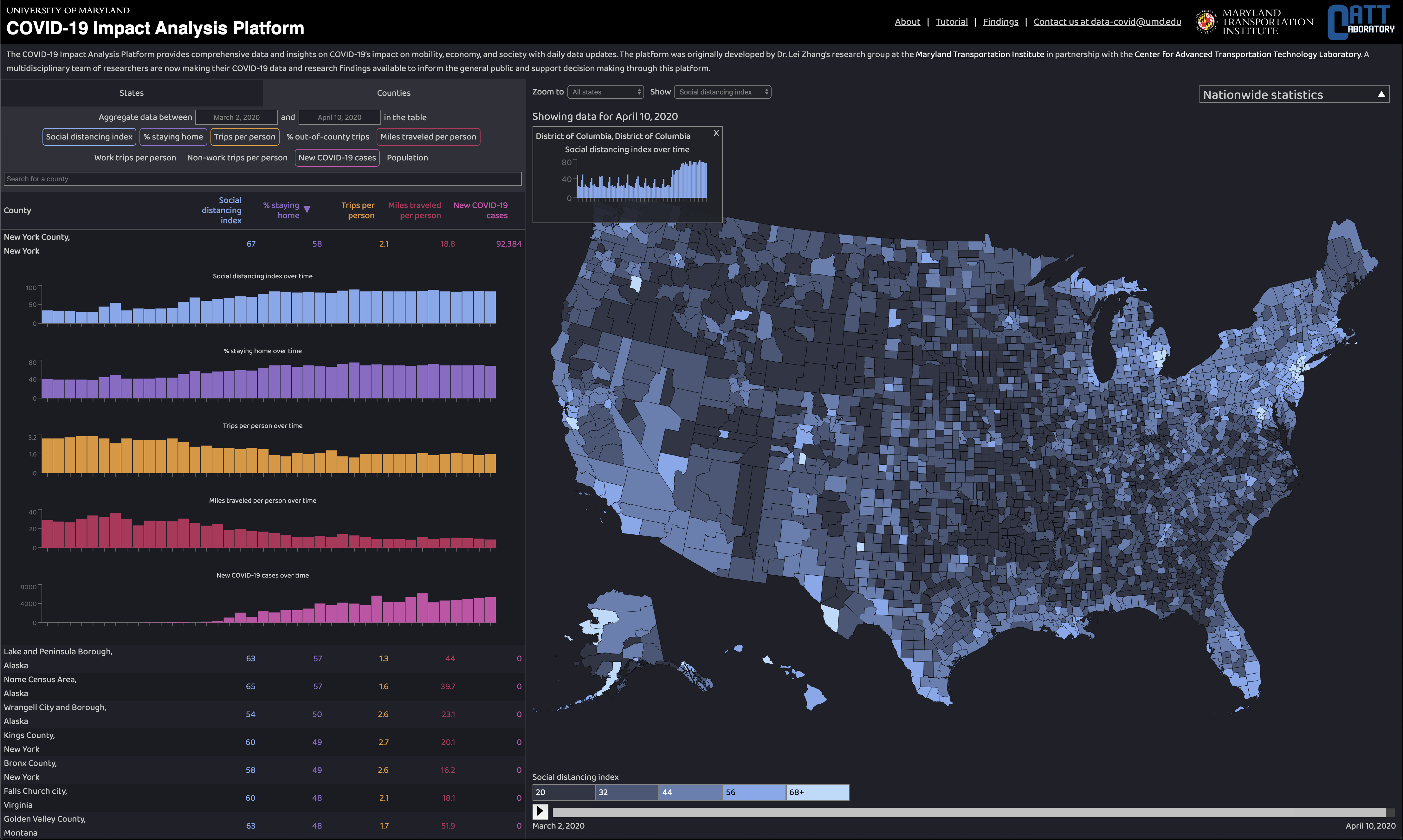 The CEE department is home to leading-edge centers and labs, including the Maryland Transportation Institute (MTI), a research hub that brings together more than 110 UMD faculty experts in engineering, planning, data science, computing, logistics, social sciences, public policy, public health, and sustainability. MTI researchers have helped develop smart signal systems that help reduce fatalities, pioneered the use of app-based incentives to encourage changes in travel behavior, examined ways to streamline emergency care by factoring in real-time transportation data, and created the nation’s first database of major highway projects, including public-private partnerships (P3). The Center for Advanced Transportation Technology (CATT), an MTI affiliate also housed in the CEE department, hosts the world’s largest archive of transportation data at its CATT Lab and is routinely consulted by policymakers regionally and nationwide.
The CEE department is home to leading-edge centers and labs, including the Maryland Transportation Institute (MTI), a research hub that brings together more than 110 UMD faculty experts in engineering, planning, data science, computing, logistics, social sciences, public policy, public health, and sustainability. MTI researchers have helped develop smart signal systems that help reduce fatalities, pioneered the use of app-based incentives to encourage changes in travel behavior, examined ways to streamline emergency care by factoring in real-time transportation data, and created the nation’s first database of major highway projects, including public-private partnerships (P3). The Center for Advanced Transportation Technology (CATT), an MTI affiliate also housed in the CEE department, hosts the world’s largest archive of transportation data at its CATT Lab and is routinely consulted by policymakers regionally and nationwide.
MTI and the CATT Lab have taken on an active role in the nation’s response to the COVID-19 outbreak, leveraging cutting-edge technologies and resources to develop a first-of-its-kind interactive data analytics platform that tracks mobility patterns and compliance with restrictions and guidelines, thus affording policymakers critical decision-making support.
“Many who go into civil and environmental engineering aspire to make a difference—by pursuing breakthroughs that enhance quality of life or help address the infrastructure needs of modern society,” Schwartz said. “At UMD, we target research on these issues, and we have the expert faculty and cutting-edge facilities to make a real impact.”
Environmental engineering research is another major focus of the department, which has three dedicated labs for carrying out research on organic pollutants, inorganic pollutants, and environmental microbiology. Undergraduate and graduate students alike have the opportunity to work with faculty mentors in these labs, gaining valuable skills and expertise.
Another research hub at the CEE department, the Center for Disaster Resilience, brings together experts on water resource management, infrastructure safety, disaster mitigation and recovery, and related issues. Faculty affiliated with CDR are regularly consulted by national media for recommendations on flood management and other issues of concern and have testified before Congress about strategies for improving resilience in the face of increased severe weather and natural hazard risks.
Today’s civil and environmental engineering field offers exciting opportunities to help tackle societal and environmental challenges, Schwartz noted. Students and faculty at UMD’s program have helped devise systems for tracking stormwater pollution, pioneered the use of satellite imagery in calculating snow mass totals, utilized machine learning to assess wear and tear affecting bridges and other infrastructure, and pioneered eco-friendly alternatives to the hot mix asphalt used for paving roads, among other endeavors.
“Many who go into civil and environmental engineering aspire to make a difference—by pursuing breakthroughs that enhance quality of life or help address the infrastructure needs of modern society,” Schwartz said. “At UMD, we target research on these issues, and we have the expert faculty and cutting-edge facilities to make a real impact.”
Published May 1, 2020

